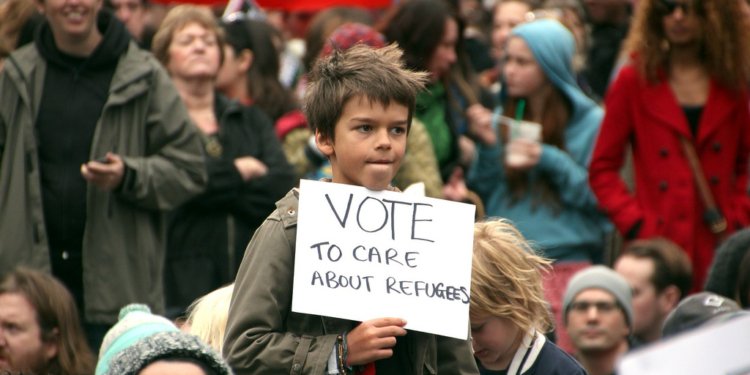Canada has seen a sharp decline in refugee claims, closely tied to stricter visa policies and efforts to manage the asylum system. In January 2025, only 11,840 refugee claims were filed — the lowest since September 2023, and a significant drop from the peak of 19,821 claims in July 2024. While officials argue these measures protect the system for those in genuine need, advocates warn that many vulnerable individuals are left stranded with few safe options.
Declining Numbers: A Snapshot
| Metric | 2023 | 2024 | 2025 (Jan) |
|---|---|---|---|
| Refugee Claims Filed | — | 19,821 (Jul Peak) | 11,840 |
| Visitor Visas Issued | 1.8 Million | 1.5 Million | — |
| Pending Refugee Claims | — | — | 278,457 |
| Top Countries with Visa Declines | |||
| Bangladesh | 45,322 | 27,975 | — |
| Haiti | 8,984 | 5,487 | — |
| Nigeria | 79,378 | 51,828 | — |
| Afghanistan | 468 | 330 | — |
| Iran | 57,127 | 38,075 | — |
| Uganda | 6,096 | 2,019 | — |
| Syria | 2,716 | 1,174 | — |
| Kenya | 11,464 | 3,199 | — |
Why Are Claims Dropping?
The Canadian government is deliberately issuing fewer visitor visas and heightening scrutiny on applications from countries with high asylum-seeker rates. According to Renee LeBlanc Proctor, spokesperson for Immigration Minister Marc Miller, this strategy is meant to protect the asylum process for those who need it most while preventing misuse of the system.
Key reasons for the decline:
- Visa Restrictions: Canada issued 300,000 fewer visas in 2024 compared to 2023.
- High Scrutiny for Certain Countries: Applications from countries with high refugee claims face tougher reviews.
- No Asylum-Seeker Visa: People seeking refugee status must enter as visitors, students, or workers — or risk dangerous, irregular crossings.
Concerns from Refugee Advocates
Diana Gallego, co-executive director at Toronto-based FCJ Refugee Centre, calls this a “very problematic” situation, highlighting how the visa clampdown forces people to take extreme measures: “If people are fleeing persecution, the only way some of them may find safe haven is having an exit visa. If not, they are forced to cross borders walking, putting their lives in danger.”
However, refugee advocates raise valid concerns about the impact of these policies. Stricter visa rules may prevent vulnerable individuals from reaching safety, leaving them with limited options for refuge. As a result, desperate people might resort to dangerous, irregular migration routes in search of protection.
Additionally, those fleeing persecution often don’t have the luxury of perfect paperwork or the ability to wait through lengthy processes, putting their safety and well-being at even greater risk.
The Challenge Ahead
While Canada aims to balance border security with humanitarian obligations, the growing backlog of 278,457 pending claims suggests a system still under strain. The government will need to carefully assess whether these policies are truly achieving their goals or unintentionally creating invisible walls for those most in need.
The question remains: Can Canada find a way to protect its borders without shutting out the world’s most vulnerable? Only time will tell, but for thousands of displaced people, every decision made carries life-altering consequences
















